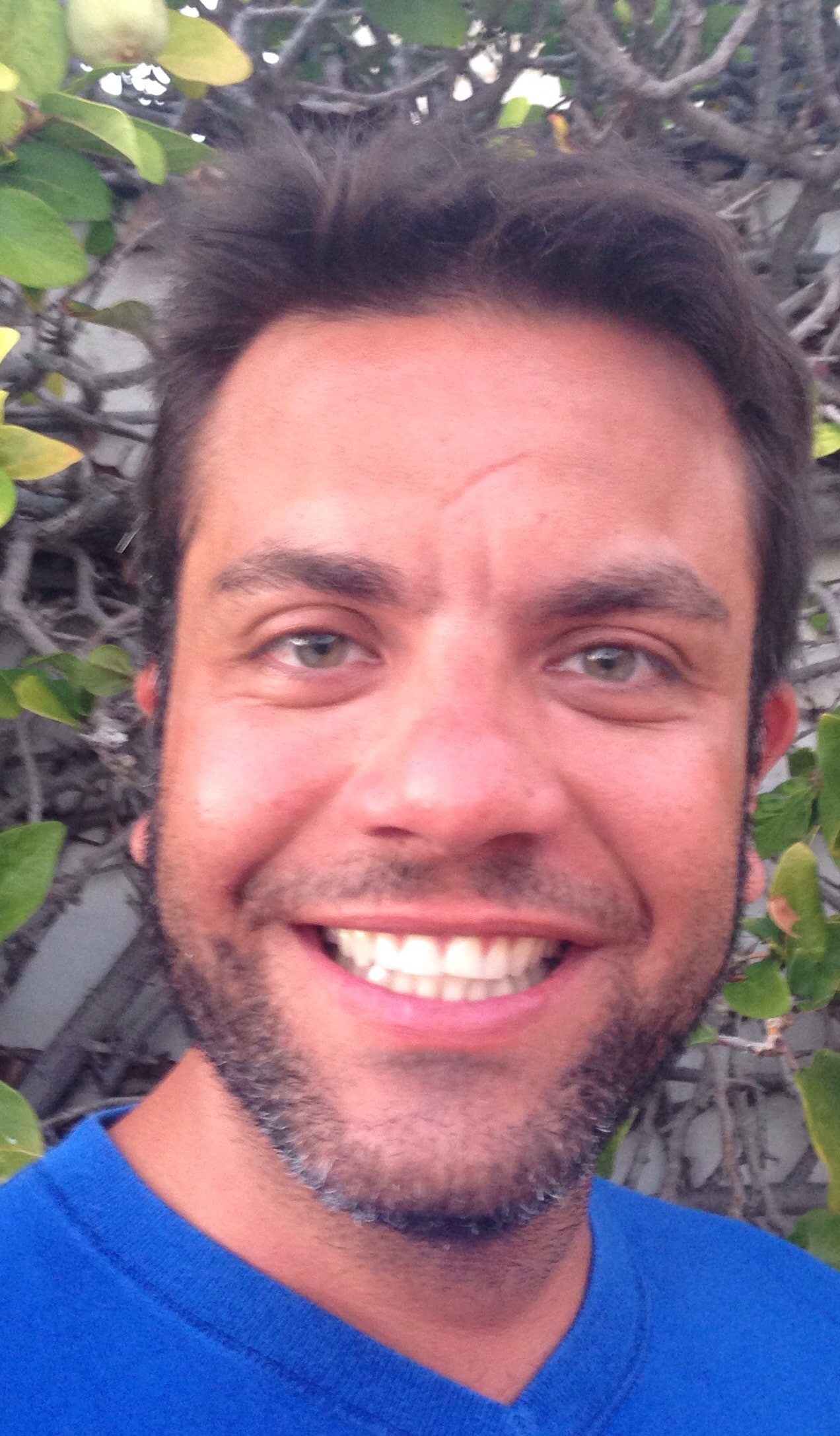Teacher Talking Time – not so simple!
When we teach language for and through communication, it’s our job to ensure that there is as much student – student interaction as realistically possible. This means that teacher talking time (TTT) should be kept to an absolute minimum, right?
Well, right and wrong. There’s more to TTT than meets the eye.
Students’ interlanguage will develop not only through interaction (output), but also through reading and listening (input): Listening to coursebook dialogs, TV shows, movies and… the teacher. Yes, our own English is a rich, but sadly underrated source of input.
This means that perhaps we ought to go beyond “high vs. low TTT” and look at our own verbal behavior as a whole. Here’s what I mean:
1. Wait time
To answer a question, students sometimes need time to pull their thoughts together and search for the right language, which may take a little while. As a rule, we should wait.
Trouble is, the silence that fills the room between question and answer can feel slightly uncomfortable. Or downright scary, especially if the pace of the lesson is starting to plunge. Fair enough.
But automatically throwing another question at the students just because they didn’t answer the first one immediately will increase your TTT without necessarily generating better learning.
2. Echoing
Echoing means repeating what the learner has just said. Look:
Teacher: So, what’s the difference between A and B?
Student 1: A is bigger than B.
Teacher: Yes, A is bigger than B, that’s right.
Teacher: How was your weekend?
Student 2: I went to the beach.
Teacher: You went to the beach? Great!
So what’s the big deal?
Two things. One, echoing will increase your TTT without necessarily enhancing students’ learning. Two, if students realize that you tend to echo too much, they’re less likely in the long run to listen to each other.
By the way, echoing inaccurate sentences correctly (or recasting) is still a popular and widely-used correction technique. It has, however, come in for a lot of criticism recently and I happen to agree with most of it.
3. Yes/No questions vs. open-ended questions
A teacher who has good wait time and does not echo students unnecessarily may still increase his or her TTT because of the kinds of questions he or she asks. Compare:
Teacher 1: Did you like the movie?
Student 1: No.
Teacher 1: Why? You thought it was boring?
Student 1: Yes.
Teacher 2: How did you like the movie?
Student 2: I didn’t like it. I thought it was boring.
Open-ended questions tend to generate longer turns and, consequently, more student speaking time, which means less need for unnecessary teacher intervention.
4. Fine. How can I get better at this?
Start audio-recording some of your lessons. You’ll probably be able to identify certain aspects of your verbal behavior that might be increasing your TTT without necessarily generating better student learning. You’ll also be better equipped to spot moments within your lessons when you could, conversely, use teacher talk to enhance learning. – for example, through input flooding.
Thanks for reading.






